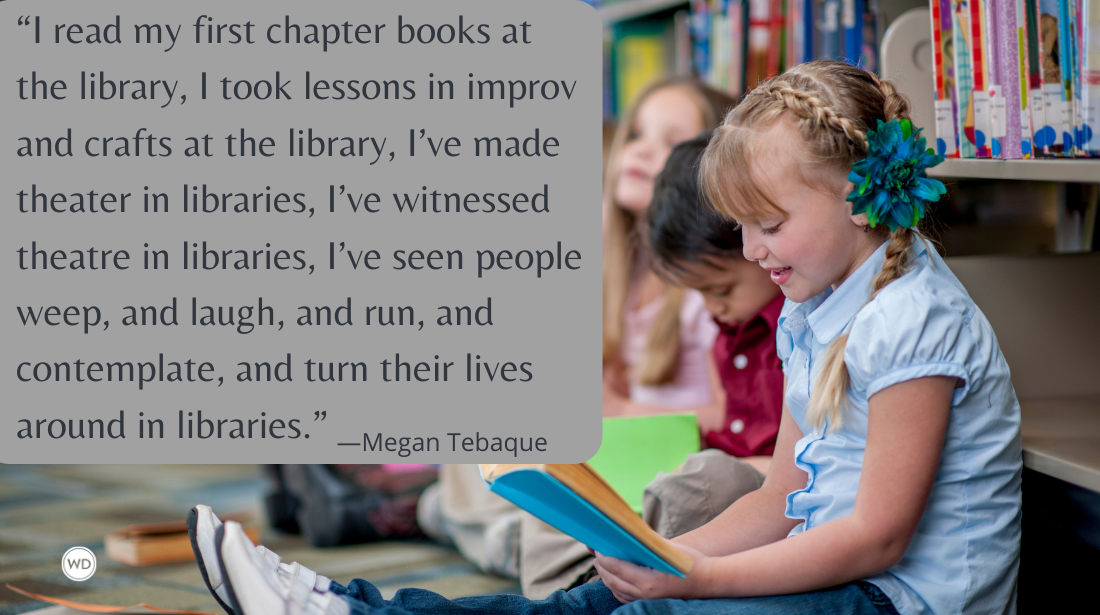Writing Mistakes Writers Make: Choosing Between Plotting or Pantsing
The Writer’s Digest team has witnessed many writing mistakes over the years, so we started this series to help identify them for other writers (along with correction strategies). This week’s writing mistake is choosing between plotting or pantsing.
Everyone makes mistakes—even writers—but that's OK because each mistake is a great learning opportunity. The Writer's Digest team has witnessed many mistakes over the years, so we started this series to help identify them early in the process. Note: The mistakes in this series aren't focused on grammar rules, though we offer help in that area as well.
Rather, we're looking at bigger picture mistakes and mishaps, including the error of using too much exposition, neglecting research, or researching too much. This week's writing mistake is choosing between plotting or pantsing.
Writing Mistake Writers Make: Choosing Between Plotting or Pantsing
Last week, the WD editors met for three days of creative brainstorming. We collected ideas for the magazine, online content, the podcast, and more. To say we’re excited for what we have in store would be an understatement.
At some point in our many conversations, I’d mentioned how I was recently stuck on what to do with a story idea I had. I knew how I wanted to write it, but not where to go with it. So, when I met with my writing group, we discussed possible routes forward. Nothing concrete, no tentpoles, but an intentionally foggy general direction. It helped give me a focus without plotting exactly what happens.
It was so helpful, and I was telling this to my colleagues. “Yeah, it just gave you a North Star,” senior editor Robert Lee Brewer said.
Little did he know how his definition would immediately change the way I write.
I am a pantser through and through. It’s what feels the most natural to me in the writing process, and it’s when I most trust what’s happening in my own writing. I always prefer the story to reveal itself to me in the writing process. But the downside of being a pantser is when you write yourself into a corner without a plan for how to get out. My problem with finishing projects isn’t to do with motivation or even doubt—it’s because I fly by the seat of my … well, pants … and oftentimes that gets me into trouble creatively. I don’t think this is a unique problem for pantsers, and yet we carry on the same. Why? Search me.
I’ve tried to be a plotter before, but the trouble for me is that I stop trusting my instincts when I sit down and do intentional plotting. I second-guess all my decisions before I’ve made them, which stops me cold from even starting. My stories don’t tend to be particularly plot-driven to begin with, which has always been my excuse for not wanting to plot or plan. But taking an element of plotting and allowing it to coexist with my writing process made me realize how I’d been going about this all wrong.
I was never very good at studying in high school. I’d look over my notes, flip through textbooks, and stare down at facts, hoping to commit them to memory, but it never seemed to work. I struggled with test-taking as a result. The problem wasn’t because I was lazy, it was because I didn’t know that I didn’t know how to study. Movies and television showed straight-A students with notebooks and papers strewn across a coffee table. Seemed simple enough, but it didn’t work for me. It took me years to figure out what studying practices worked best for me, and it’s not something people tend to think of as a skill one needs to learn. You either study and do well, or you don’t study and do poorly. But it’s not so black and white, is it?
The same goes for figuring out what kind of writer you are. No, not in terms of genre or voice or format—but in the actual writing process. We are a people who often cling to identity, collecting pieces that help tell the story of who we are. That can make “this or that” options feel a little bit like a losing game. You’re either a dog person or a cat person. A morning person or night person. A plotter or a pantser. But why not be both?
Like all writing advice, it’s important to boil down what’s being suggested and reimagine it in ways that make sense for you. In this case, plotting doesn’t have to be an exact direction you know you’re taking before you begin the writing process. It can be muddled, unclear, broad. It can be a brainstorm session full of “what if’s” that float around your mind as you write. But having a general direction is perhaps better than not having one at all.
I know now where I’d like my story to lead me and writing the path to get there has been full of surprises and unexpected emotions. After sharing how my writing group helped me with my fellow WD editors, I then sat down with my husband to try and think of a general direction for a different story that has eluded me for over a year now. Doing so revealed an avenue I would have never explored and a story that’s shaping into something I never before would’ve thought I could pull off.
Pantsers, we can (and should) plot, but we shouldn't ignore what feels most natural in how we go about our writing, either. Even the most resolute pantsers can benefit from plotting their direction—from having a North Star. Knowing where you’re going won’t spoil what you discover along the way.
Michael Woodson is the content editor at Writer's Digest. Prior to joining the WD team, Michael was the editorial and marketing manager for the independent children's book publisher Blue Manatee Press. He was also the associate editor for Artists Magazine and Drawing magazine, and has written for Soapbox Cincinnati, Watercolor Artist, and VMSD magazine. An avid reader, Michael is particularly interested literary fiction and magical realism, as well as classics from Jane Austen, Ernest Hemingway, and E.M. Forster. When he's not reading, he's working on his own stories, going for a run at his favorite park, or cuddling up to watch a movie with his husband Josh and their dog Taran.








